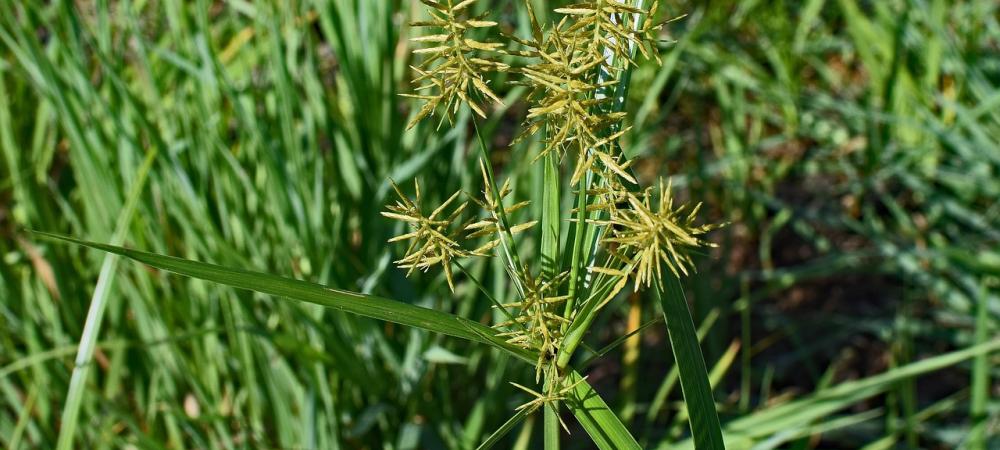Yes, nutsedge can be found in Charlotte, NC, and many other regions with varying climates. This highly adaptable weed can thrive in various conditions, including Charlotte's warm and humid climate. It often pops up in lawns, gardens, and other cultivated areas, causing frustration for property owners.
What is Nutsedge?
Nutsedge, scientifically known as Cyperus esculentus, is often mistaken for grass but is, in fact, a weed. It's commonly called "nutgrass" due to the small, nut-like tubers it produces underground. Nutsedge is known for its rapid growth and resilience, making it a significant nuisance for gardeners and homeowners.
What Does Nutsedge Look Like?
Nutsedge, also known as nutgrass, has distinctive features that set it apart from typical grasses. Here are the key characteristics to help you identify nutsedge:
- Growth Habit: Nutsedge grows in clumps and often stands taller than surrounding grasses, making it noticeable in your lawn or garden.
- Leaf Structure: Nutsedge leaves are slender and grass-like, but they have some distinct differences from grass blades:
- They are typically narrower and more pointed at the tip.
- Each leaf has a prominent midrib that gives it a triangular or V-shaped appearance in cross-section. This midrib is a key identifying feature.
- Nutsedge leaves are arranged in sets of three in a whorled pattern, making it look like it has three leaves emanating from a single point.
- Color: Nutsedge leaves are usually a lighter green than the surrounding grass or plants, which can make them stand out.
- Flowering Stems: Nutsedge produces tall, slender stems that rise above the surrounding grass or vegetation. These stems are topped with clusters of small, brownish, or reddish flowers. The flowering stems are one of the most noticeable features of nutsedge when it's in bloom.
- Tubers: Underground, nutsedge forms small, nut-like tubers that help it spread and persist. These tubers can vary in size and are often found at the end of underground stems (rhizomes). The tubers are a key part of the weed’s survival strategy, making it challenging to eradicate.
How to Get Rid of Nutsedge
Getting rid of nutsedge can be challenging, as this weed is known for its persistence and ability to regrow from underground tubers. However, several methods and strategies can help you effectively control and manage nutsedge in your lawn or garden. Here are steps you can take to get rid of nutsedge:
- Hand Pulling: For small infestations, carefully hand-pull nutsedge plants, making sure to remove the entire plant, including the underground tubers.
- Herbicides: Apply when the weed is actively growing, and choose products with the active ingredient sulfentrazone or halosulfuron.
- Mulch Garden Beds: Apply a thick layer of mulch to garden beds to smother nutsedge and prevent it from germinating.
- Hire a Professional: The only way to guarantee nutsedge prevention is by enlisting professional weed control in Charlotte!
Call FineTurf for Nutsedge Control
If you are looking for recurring, 100% guaranteed prevention of nutsedge, call FineTurf! Our technicians are experts in weed control and are ready to help you get rid of weeds on your


